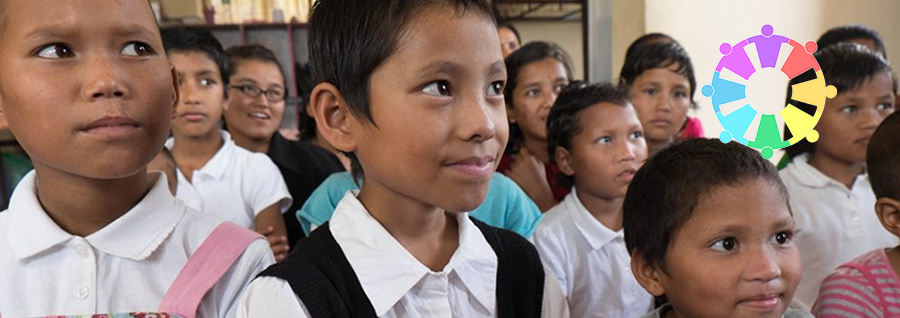artificial intelligence (AI) and neuroscience
The most important advances between AI and neuroscience are the development of artificial neural networks and deep learning. These models are inspired by the biological structure and functioning of the human brain. They are capable of processing large amounts of data, learning patterns, and making predictions. Artificial neural networks are not yet capable of simulating the full complexity of the human brain. However, they have provided valuable insight into the principles governing neural processing.
The convergence of AI and neuroscience provides opportunities to unlock the secrets of the human brain. Advances in AI-powered neural networks, brain-computer interfaces, and connectomics have already generated valuable insights. As we continue to explore this fascinating frontier, the ethical implications of our work need to be considered for a responsible approach.


 The project performs a segmentation of households at risk, considering not only the individual situation, but also their environment. 4 types of HR (home at risk) and 11 subtypes are defined. The classification is carried out considering the following variables: one-person household or household in which more than one person coexists, degree of dependency, characteristics of the main caregiver and presence or absence of cognitive impairment. The conditions of households are improved by proximity services, family support, health care, adaptations of the household products, support and participation in the community. The role of the case coordinator and personal assistants are strengthened. They guide their support towards the development of the Person’s Life Project. There will be developed changes in the technical instruments of interventions and new protocols of proactive care to chronic diseases as a plan of individual support. The project has started on October 1st of 2020 and will last 36 months.
The project performs a segmentation of households at risk, considering not only the individual situation, but also their environment. 4 types of HR (home at risk) and 11 subtypes are defined. The classification is carried out considering the following variables: one-person household or household in which more than one person coexists, degree of dependency, characteristics of the main caregiver and presence or absence of cognitive impairment. The conditions of households are improved by proximity services, family support, health care, adaptations of the household products, support and participation in the community. The role of the case coordinator and personal assistants are strengthened. They guide their support towards the development of the Person’s Life Project. There will be developed changes in the technical instruments of interventions and new protocols of proactive care to chronic diseases as a plan of individual support. The project has started on October 1st of 2020 and will last 36 months.
 In 2016, we participated in a series of Neuro-education, Mindfulness and Visual Thinking workshops, which helped the girls learn about the possibilities of communication, through positive affect, mindfulness and the rich and complex world of emotions.
In 2016, we participated in a series of Neuro-education, Mindfulness and Visual Thinking workshops, which helped the girls learn about the possibilities of communication, through positive affect, mindfulness and the rich and complex world of emotions.

